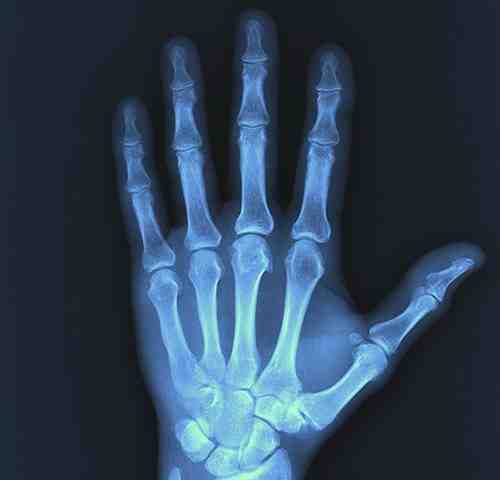Understanding Your Medical Imaging Now

In Search of Better Sleep? Pillow Talk
October 25, 2022
Food Choices From The Label
November 1, 2022Blog: Understanding Your Diagnostic Imaging Report
It is often difficult to understand your medical imaging results. Imagine one of these scenarios, you’ve just been in a car accident or have been suffering from neck and back pain. Next, you’re ordered to have an X-ray by the doctor or while in the ER. After completing the test, you’re told that your x-ray results look normal or ‘OK.’ Then you are given a copy of the report which is full of confusing medical terminology. Many patients are quite anxious to know and understand what some of these terms mean. Diagnostic imaging- whether from x-rays, CT scans, MRI, or ultrasounds- is a crucial and valuable piece of information that can help the doctor to diagnose and treat a patient’s medical condition. The following is a summary of a typical imaging report to help clear some confusion.
Once a scan or study is completed, the images are then analyzed and reviewed by a radiologist who summarizes their impression and writes a report. A radiologist is a medical doctor that specializes in diagnosing injuries and diseases by analyzing images from x-rays, CT scans, MRIs, PET scans, ultrasounds, or other imaging tests. Once this report is completed, it is sent to the ordering doctor to review and share with the patient. The radiologist gears these reports for peers in the medical field and uses highly technical medical terminology hence making it difficult for patients to understand. Each report contains some standard sections.
The first section of the report will contain the patient’s name, type of diagnostic study performed, date of the study, name of the ordering doctor, reasoning/rationale for the test, and the techniques used. This clinical information section is usually short. Some examples would include “neck pain following motor vehicle accident on xx/xx/xxxx” or “X-ray cervical spine- AP, lateral”. In these examples the radiologist is communicating the rationale supplied to them and the specific test performed including the types of views.
Usually, the largest and longest section is the findings section. This can also contain some of the most confusing medical terminology. Here radiologists report all their observations of what the images show. This section goes from region to region, structure to structure, organ to organ and describes each. They will note if they appear normal, abnormal, or questionable (suspect). They will also note if anything is unreadable, blocked, or problematic. Sometimes this will appear in paragraph form or listed by each region, structure, or organ.
A comparison section may also appear on the report if the radiologist has previous scans to analyze. If, for example, there was an X-ray taken of the neck 2 years ago, the radiologist would compare the previous images with the most recent study to note any changes. Having any previous or older studies can be very helpful to the radiologist and ordering doctor.
The most important section of the report is the impression section. Here radiologists summarize all their interpretations and will present the results. If there are multiple findings the radiologist will list them with the most important finding first. Depending on the type of finding the radiologist may include possible causes, called a differential diagnosis. In this section the radiologist may also comment on any possible additional diagnostic studies to perform.
The radiologist will then sign the report at the bottom and send it to the ordering doctor. If you have any questions about your report, be sure to ask the doctor for more explanation. Trying to Google or search terms online can create more confusion so the best approach is to ask your ordering doctor. Sometimes the doctor may have to call the radiologist for further clarification.
—
This article was written by Dr. Deryk Harting one of the members of Chambers Medical Group’s team of car accident chiropractors who offer a variety of treatments and therapies ranging from diagnostic testing to various soft tissue therapies for car accidents and injuries in Kentucky.
If you or somebody you know has been in a car accident, be sure that you seek medical attention from a car accident doctor or car accident chiropractor to treat your injuries. Visit Chambers Medical Group to receive world-class medical treatment for your injuries.
Chambers Medical Group has car accident medical clinics in the following locations:
- Car Accident Medical Clinic in Tampa
- Car Accident Medical Clinic in Plant City
- Car Accident Medical Clinic in Brandon
- Car Accident Medical Clinic in Lakeland
- Car Accident Medical Clinic in Sarasota
- Car Accident Medical Clinic in Louisville
- Car Accident Medical Clinic in Lexington
- Car Accident Medical Clinic in Florence




